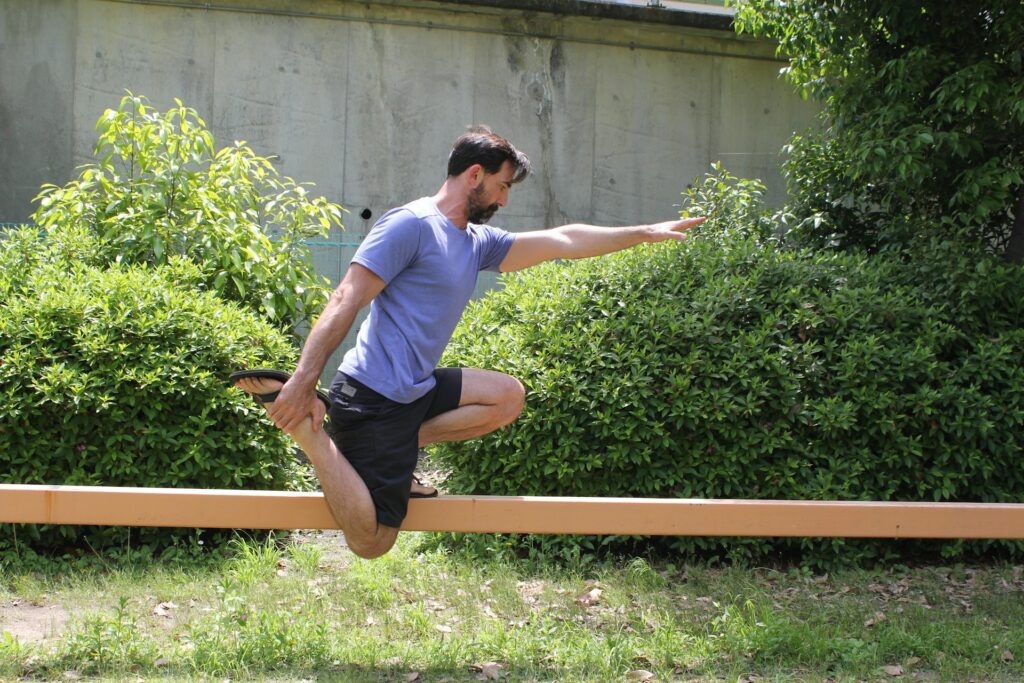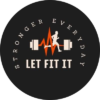Let’s face it, the majority of folks pass the leg curl machine at the gym as if it were background equipment. The squat rack? Always crowded. Deadlift platforms? Packed. But the poor leg curl? Half the time, dust is collecting on the seat. And yet, if you care about speed, power, or even just staying injury-free, skipping leg curls is like ignoring the brakes while upgrading your car engine. If you’re still deciding between training at home or hitting the gym, check out our guide on home workouts vs gym workouts.
The hamstrings don’t get enough love, and it shows constant tightness, pulled muscles mid-run, and knee pain that creeps in out of nowhere. Here’s the kicker: a good leg curl routine doesn’t just “tone the back of your legs.” Your body’s movement is rewired. Indeed, it can drastically alter your strength in the gym, on the field, or even merely while you’re ascending stairs without your knees screaming at you.
Let’s examine why leg curls are more important than most people think before dismissing it as a pointless isolation technique.
First Things First: What Is a Leg Curl, Really?
At the simplest level, a leg curl is when you bend your knee and drag your heel toward your butt. That’s it. But when you add resistance, a machine, a band, or even your bodyweight, you’re forcing the hamstrings to contract against load.
Here’s the catch: squats and deadlifts train the hamstrings mostly when they’re stretched out. Leg curls? They target the hamstrings when they’re shortened. That small detail is a big deal because it balances strength across the full range of motion. Skipping this is exactly why many “strong” athletes still blow out their hamstrings sprinting.
So no, it’s not just “some machine move.” Done right, the leg curl fills in the gaps other lifts leave behind.
How to Do a Proper Leg Curl (Without Looking Like You’re Just Flopping Around)
If you’ve ever seen someone violently yanking the machine and letting it slam back down, you already know what not to do. Here’s how to get it right:
- Make sure your setup is correct by lying down, aligning your knees with the pivot point, and placing a pad slightly above your ankles. Too high or too low? You’ll feel it instantly.
- Pick a weight you can actually control – If the stack is rattling, it’s too heavy. Drop it.
- Curl with intent – Bring your heels toward your glutes, pause for a second, and squeeze hard. Think “cramp on purpose.”
- Lower slow: True growth occurs in the eccentric (lowering) portion. Don’t cheat yourself.
- Be consistent; for most people, three sets of ten to fifteen reps is the sweet spot. Beginners can begin with less only to get a feel for the motion.
- Tiny tweak: instead of thinking “move the pad,” imagine dragging your heels through mud. That mental shift locks your focus on the hamstrings instead of letting your hips and lower back take over.
Variations That Keep It Interesting
Machines are great, but let’s be real: doing the exact same leg curl week after week can get stale. Luckily, the hamstrings are versatile, and you’ve got options.
- Seated Leg Curl: This variation is revolutionary for flexibility and long-term strength because it fully extends the hamstrings before they contract.
- Standing Leg Curl: Usually done with cables or bands. One leg at a time, more balance required, more “fix the weak side” benefits.
- Stability Ball Curl: No machine needed. Curl the ball in while lying on your back with your heels on it. Core will be screaming, too.
- Nordic Curl: Brutal, humbling, effective. Kneel, anchor your feet, and lower yourself forward as slowly as you can. If you want bulletproof hamstrings, this is the one.
If you switch these out, your hamstrings won’t have a chance to relax.
Why Bother With Leg Curls? (The Benefits That Don’t Get Talked About Enough)
Everyone already knows the obvious: stronger hamstrings. But the real benefits go way deeper:
- Knee health – Hamstrings act like natural brakes for your quads. Weak hammies? Your knees take the hit.
- Explosive speed – Sprints, jumps, quick cuts all powered by hamstrings that fire fast.
- Injury prevention – Most hamstring tears happen at high speeds. Training them in the shortened position lowers that risk big time.
- Better symmetry – Quads usually overpower hamstrings. Leg curls bring balance, which keeps hips and knees happy.
- Everyday life – Even if you don’t care about sports, bending, climbing stairs, or just standing up with good posture all rely on hamstrings.
So yeah, if you’re skipping leg curls, you’re leaving performance and protection on the table.

Pro Tips: Getting the Most Out of Your Leg Curl
A few tricks that separate “just going through the motions” from actually seeing results:
- Warm up your legs first: tight hamstrings plus cold muscles = recipe for a strain.
- Focus on slow negatives: lowering under control builds more muscle than rushing.
- Don’t ego lift: nobody cares if you’re curling the whole stack if your form is trash.
- Rotate variations: seated one week, stability ball the next. Keeps muscles guessing.
- Stretch after: Pairing curls with a hamstring stretch routine will keep mobility in check.
And if stress or tension is holding your body back, explore our guide on somatic exercises for anxiety relief to help relax both mind and muscles.
Little adjustments like these can take a “meh” exercise and turn it into a game-changer.
Where Do Leg Curls Fit Into Your Workout?
No need to complicate things. A quick guide:
- If your goal is strength, hit 3–4 sets of moderate reps right after your big lifts like squats and deadlifts.
- Muscle growth – Use 12–15 reps, slow tempo, really milk that burn.
- Athletic performance – Mix seated curls with Nordic curls, 2–3x per week.
- Beginners – Start bodyweight or stability ball style, then build up to machines.
Bottom line: leg curls should live somewhere in your weekly training. Ignore them and you’ll notice the gap eventually, usually when your hamstrings tap out mid-run or your knees start complaining.
Mistakes That Kill Your Progress
Let’s cut through the common screw-ups:
- Going too heavy and letting your hips pop up off the pad.
- Speed repping through just to “get it done.”
- Only curling halfway because full range “feels harder.” (It’s supposed to.)
- Dropping the weight instead of lowering under tension.
Fix these, and suddenly the exercise you thought was “too easy” becomes the one that lights up your hamstrings the next day.
Wrapping It Up
The leg curl doesn’t get Instagram hype, but trust me, it matters. Whether you’re chasing a bigger squat, faster sprints, or just want to protect your knees for the long run, curls are your insurance policy.
You don’t need to marry the machine. Include Nordic, ball, standing, and sitting variations, stretch frequently, and maintain consistency. With time, you’ll notice a difference in every lift, leap, and step you take, in addition to seeing the back of your legs fill out.
Ignore it, and yeah, you’ll probably still get by… until one sprint, one jump, or one awkward twist reminds you why hamstrings deserve way more attention.
So next time you’re tempted to skip leg curls? Don’t. Your future self, faster, stronger, pain-free, is counting on it.

